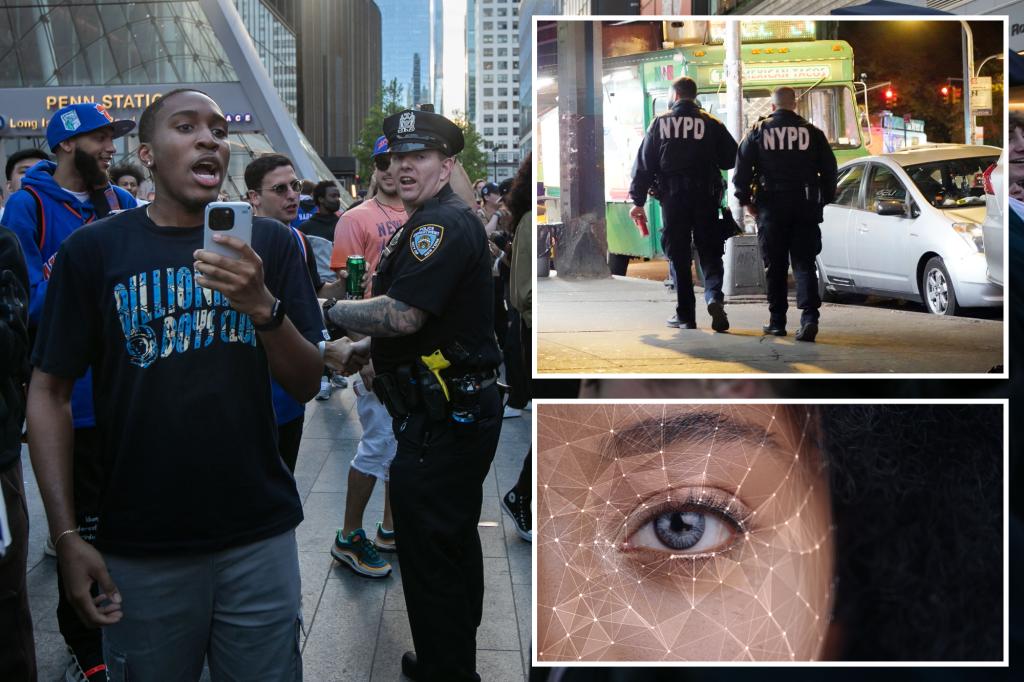The introduction of a facial recognition tool on the website 50-a.org, a platform containing thousands of NYPD officers’ records, has sparked significant controversy and raised concerns about potential misuse by anti-police activists. This new feature allows users to upload photos of police officers and retrieve their names, assignments within the department, and other publicly available information, including complaints and disciplinary records. Critics argue that this technology could be “weaponized” to harass and intimidate officers, potentially jeopardizing their safety and privacy.
Retired NYPD Lieutenant John Macari, who brought attention to the new photo-search feature on social media, expressed concerns about the potential for abuse by anti-police individuals and groups. He cited past incidents where publicly available information about officers has been used to target them at their homes, highlighting the potential for escalating harassment and intimidation. The ease with which this new tool facilitates access to personal information raises the risk of such incidents becoming more frequent and severe.
The Police Benevolent Association (PBA), the union representing over 21,000 NYPD officers, has taken action against the website, issuing a cease-and-desist letter demanding the removal of the facial recognition tool. PBA President Patrick Hendry criticized the perceived hypocrisy of anti-police activists who oppose technology that aids law enforcement in apprehending criminals while simultaneously utilizing similar tools to target police officers. He views this as a double standard and a blatant attack on the “Finest,” as NYPD officers are often referred to.
One of the major concerns surrounding the implementation of this facial recognition technology is the potential for misidentification. Macari, drawing from personal experience, pointed out that he had received complaints in the past based on physical characteristics like baldness and tattoos, even when he wasn’t involved in the incidents in question. This raises the possibility of a surge in “frivolous complaints” based on inaccurate matches, adding further strain on the complaint review process and potentially damaging the reputations of innocent officers.
The website, 50-a.org, derives its name from the repealed 1976 law that shielded police misconduct records from public scrutiny. The repeal of this law aimed to increase transparency and accountability within law enforcement. While the intent behind the website’s creation might have been to provide public access to information about police conduct, the addition of the facial recognition tool has introduced a new dimension to the debate surrounding police transparency and the potential for misuse of publicly available information. The lack of response from 50-a.org representatives to requests for comment further fuels the controversy and leaves questions about their intentions and the safeguards in place to prevent abuse unanswered.
The central issue in this evolving situation revolves around the delicate balance between transparency and privacy. While access to information about police conduct is essential for public accountability, the implementation of a facial recognition tool without adequate safeguards raises serious concerns about the potential for harassment, intimidation, and misidentification. The potential consequences for individual officers and the overall impact on police morale and effectiveness are significant factors that demand careful consideration. As the debate continues, it remains to be seen how this conflict between transparency and privacy will be resolved and what measures will be taken to mitigate the risks associated with this new technology.

